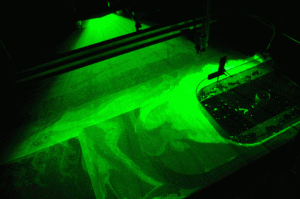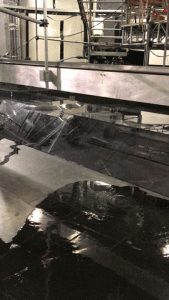
What are we actually trying to measure in our rotating swimming pool?
You’ve heard us talk a lot about rotating swimming pools. Nadine has written about why we care about Antarctic ice shelf melting (link), why the ice shelf is melting (link)…
